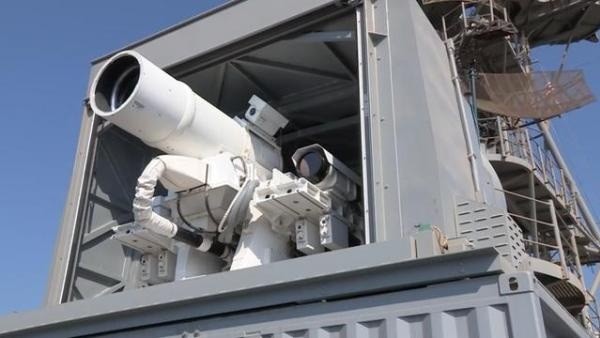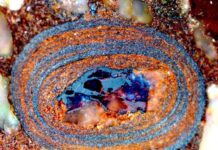Boranes are the new kid on the block in laser producing materials. The compounds have been known to be capable of producing laser quality light for years but no stable preparation has been made that produces light without degradation of the emitting material until now. Inmaculada García-Moreno, Spanish National Research Council researcher at the Institute of Physical Chemistry Rocasolano, and Michael Londesborough, borane specialist from the Institute of Inorganic Chemistry at Rez in the Czech Republic.
The problem with the majority of laser producing compounds is that they deteriorate over time. The problems produce a risk for toxic waste disposal. The known materials that can produce blue light as a laser degrade rapidly with use.
The new construction called anti-B18H22 can produce a blue laser light that is finely tunable in tiny increments of wavelength. The material is highly resistant to chemical degradation over time. Blue laser light is the most commonly used light for medical tests, music recording, power transmission, and scientific research. The new material reduces the costs of lasers and eliminates the waste disposal problems that present laser technology is inherent to.
The researchers propose that a multitude of similar laser producing compounds can be contrived from the same structure with minor alterations. Some of the expected uses include tattoo removal, acne treatment, scar removal, and vascular disease control. Each new application requires a different frequency of light and would therefore produce a different color laser light. Weaponization is also a possibility at a level never seen before.















